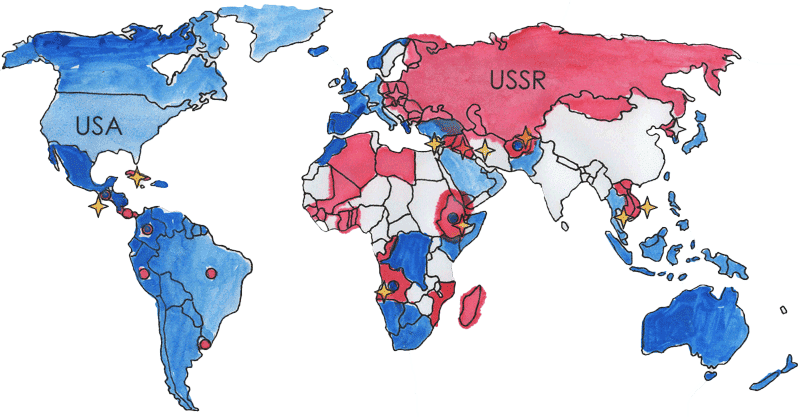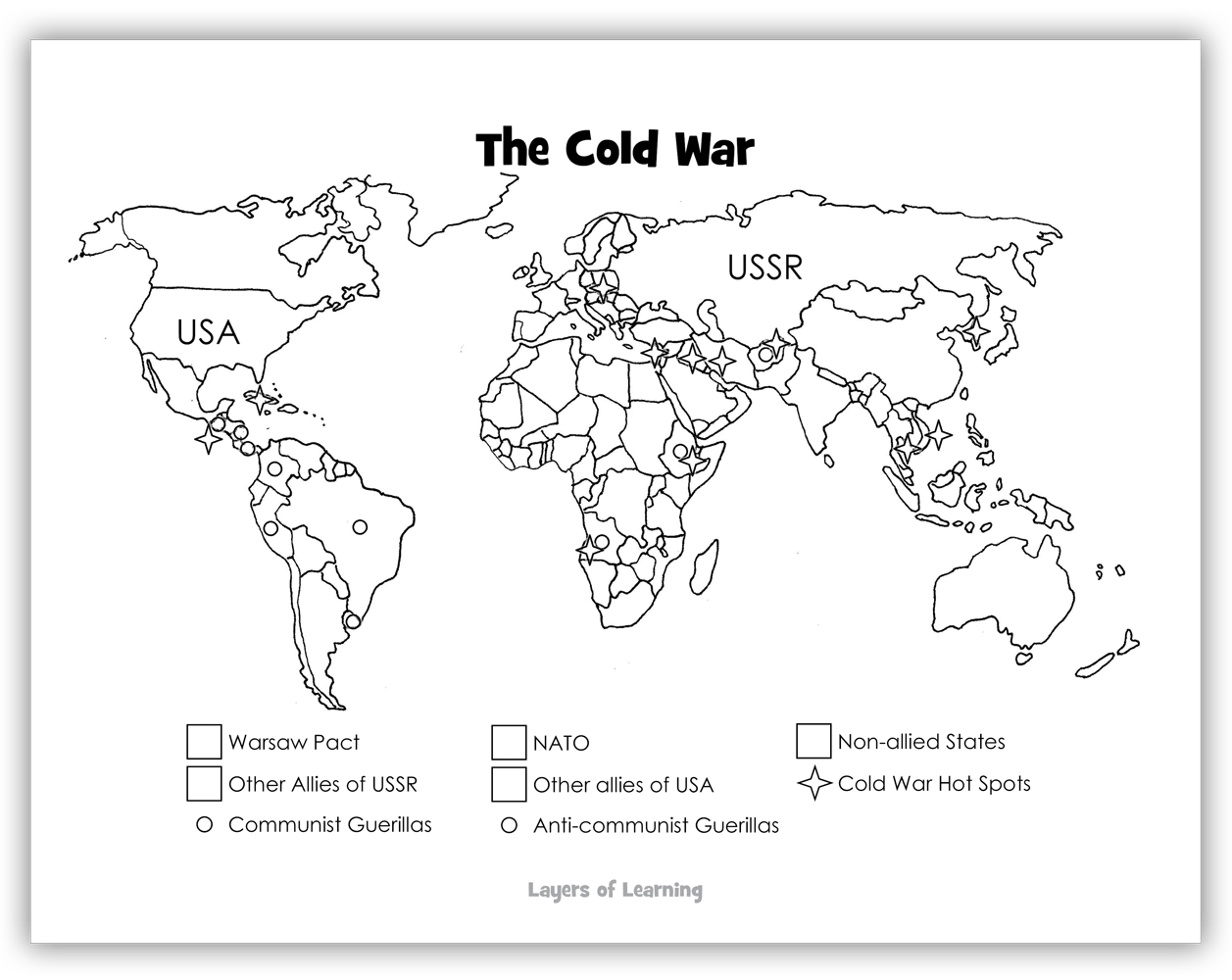This exploration is for all ages, as the colored smilies show. You can complete the Cold War map with your whole family together!



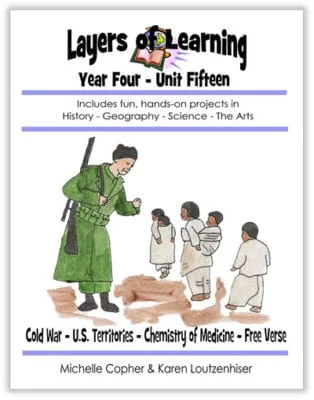
The Cold War map is a history exploration from Layers of Learning Unit 4-15 about the Cold War. Layers of Learning has hands-on experiments in every unit of this family-friendly curriculum. Learn more about Layers of Learning.
The Cold War was the time period from the end of World War II in 1945 to the fall of the Berlin Wall in 1989. The struggle between western ideals of capitalism and eastern ideals of communism involved nearly every country on earth.
Journalists named the struggle “cold” because though there were wars with armies and bullets and tanks and planes, the two big powers, the US and the USSR, never fought an all out head to head war during these decades. Instead they fought by supplying money and equipment to their allies and pawns, through intelligence and covert operations, and through public opinion.
They never fought each other directly because both countries had many nuclear weapons and they were both afraid of the results of unleashing these most terrible of bombs on the earth.
Step 1: Library Research
Before you begin exploring, read a book or two about the Cold War. Here are some suggestions, but if you can’t find these, look for books at your library about the Cold War, Cuban Missile Crisis, Soviet Russia, Berlin Wall, or the Space Race. The colored smilies above each book tell you what age level they’re recommended for.
As Amazon affiliates, the recommended books and products below kick back a tiny percentage of your purchase to us. It doesn’t affect your cost and it helps us run our website. We thank you!

The Wall: Growing Up Behind the Iron Curtain
by Peter Sis

Step 2: Cold War Map
To complete the Cold War map you will need the printable map and colored pencils.
Use this map, below, as a key to color the countries of the world according to whose side they were on during the Cold War.
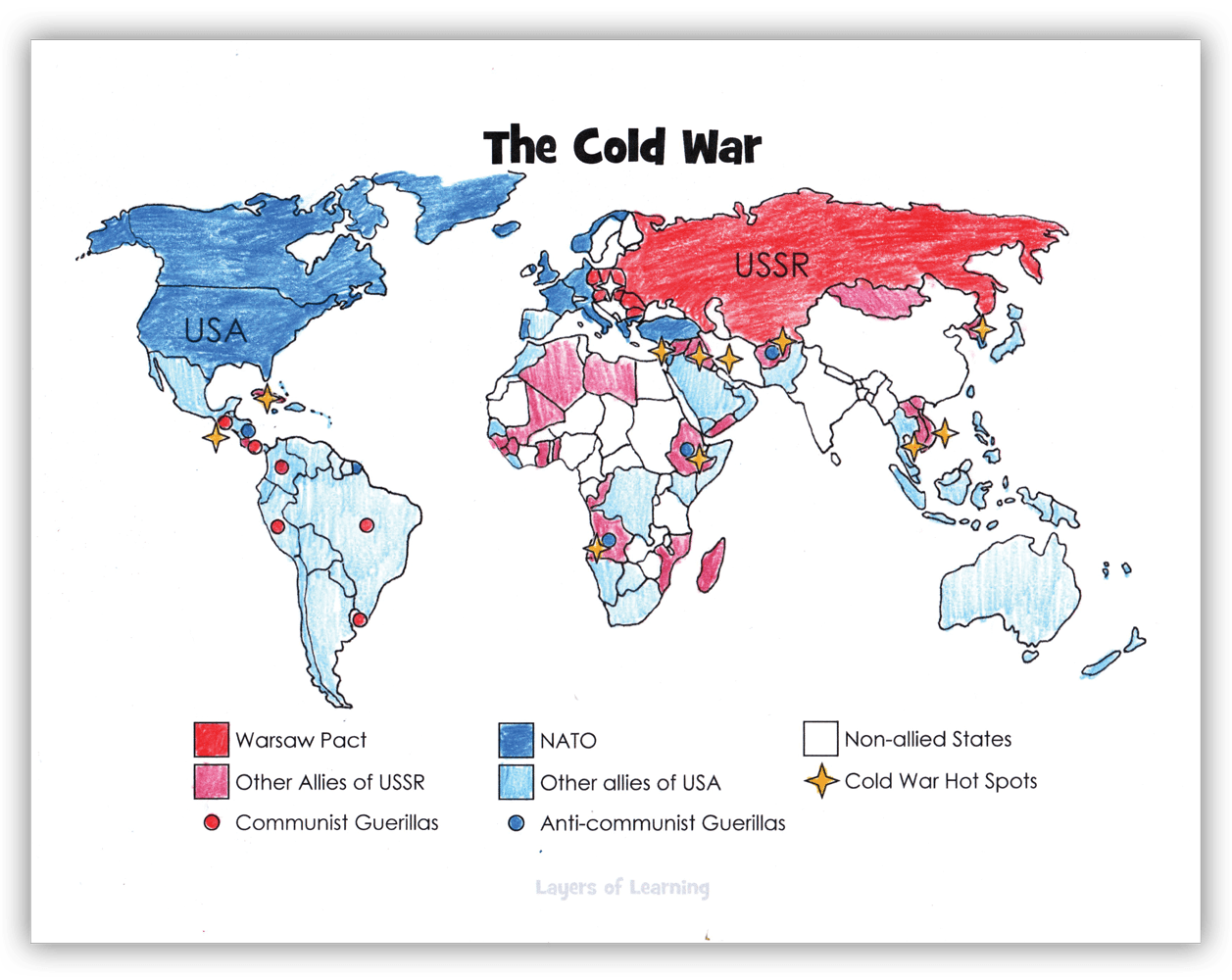
Step 3: Show What You Know
Write a report about the Cold War map you drew explaining what you learned about the map and what it means. Younger kids should write three to five sentences, middle grades kids should write two to three paragraphs, and high schoolers should write one to two pages. Read your report out loud to an audience, using your map as a visual aid.
Additional Layers
Additional Layers are extra activities you can do or tangents you can take off on. You will find them in the sidebars of each Layers of Learning unit. They are optional, so just choose what interests you.
Memorization Station

There were six pivotal events during the Cold War that are worth remembering. Discuss each of these events and then commit them to memory.
- 1948 – Berlin Airlift
- 1950-53 – Korean War
- 1956 – Soviet invasion of Hungary
- 1962 – Cuban Missile Crisis
- 1955-72 – Space Race
- 1989 – Fall of the Berlin Wall
Additional Layer
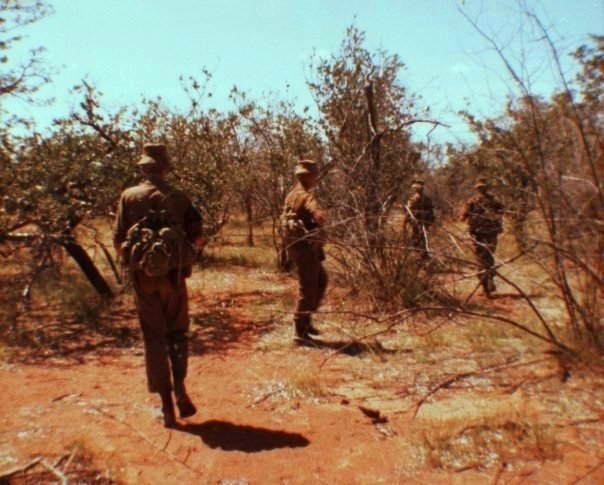
The “Cold War Hot Spots” on the map above are places where actual armed conflicts broke out. Learn about one or two of these hot wars during these time periods by looking up the history of the country. Most people have at least heard of the Korean and Vietnam Wars, but did you know there was a war in Angola as well?
Additional Layer

What is NATO and what is the Warsaw Compact? Do these treaties still exist?
Get a Free Unit
Choose between the first unit in each Layers of Learning subject to try for free when you sign up for the newsletter.
We never spam and you can cancel your subscription at any time.


